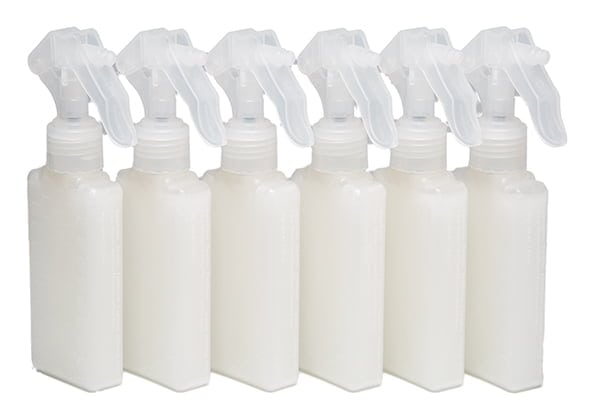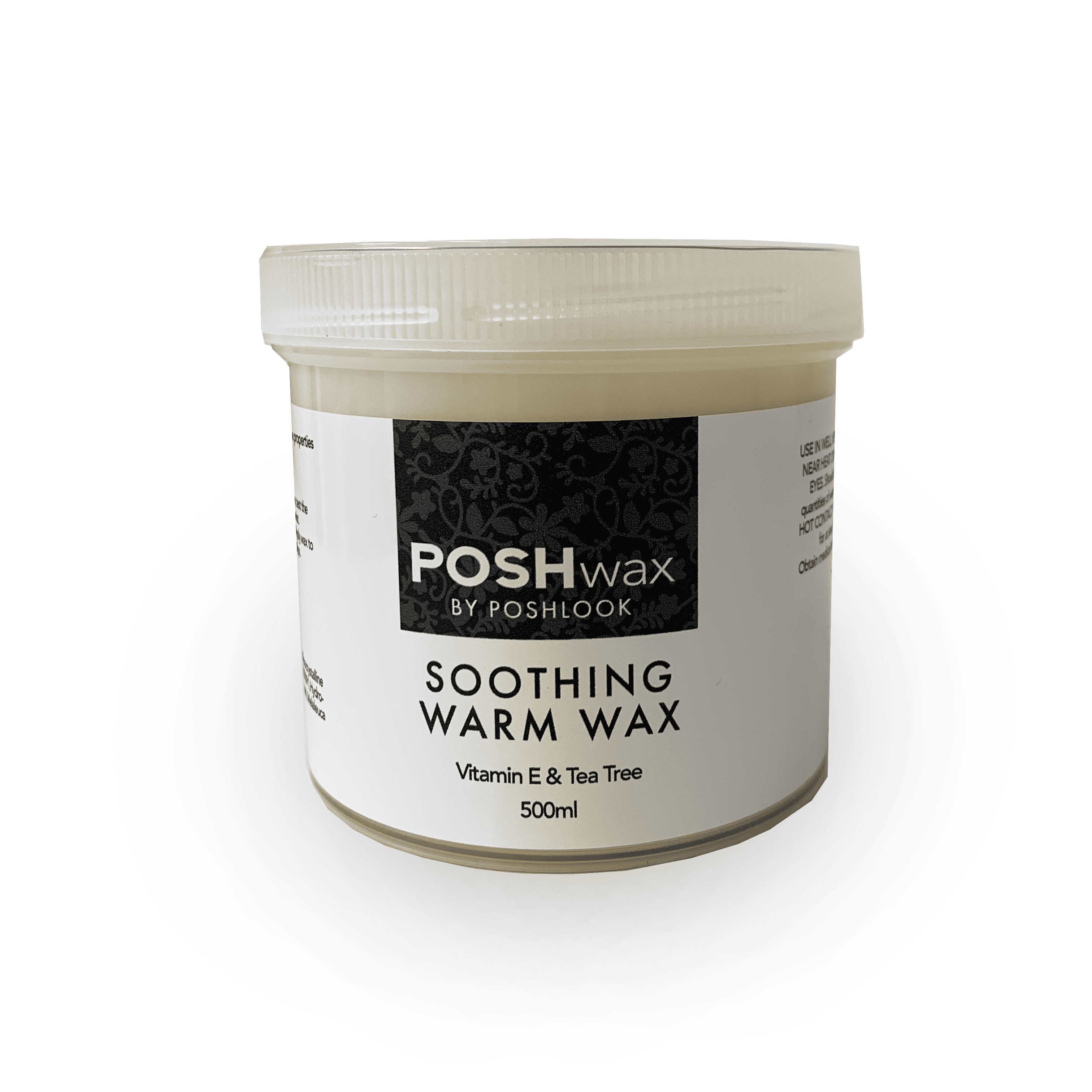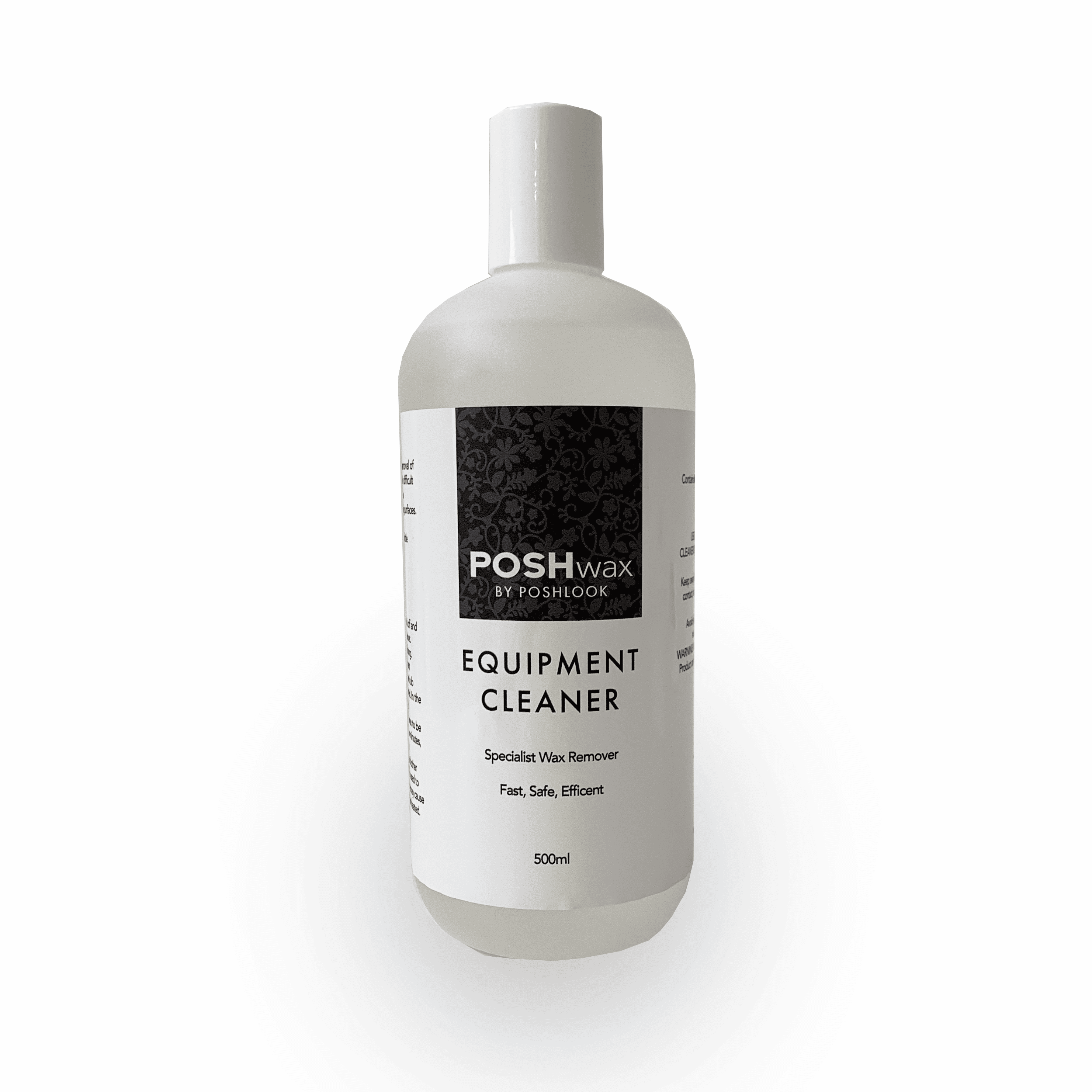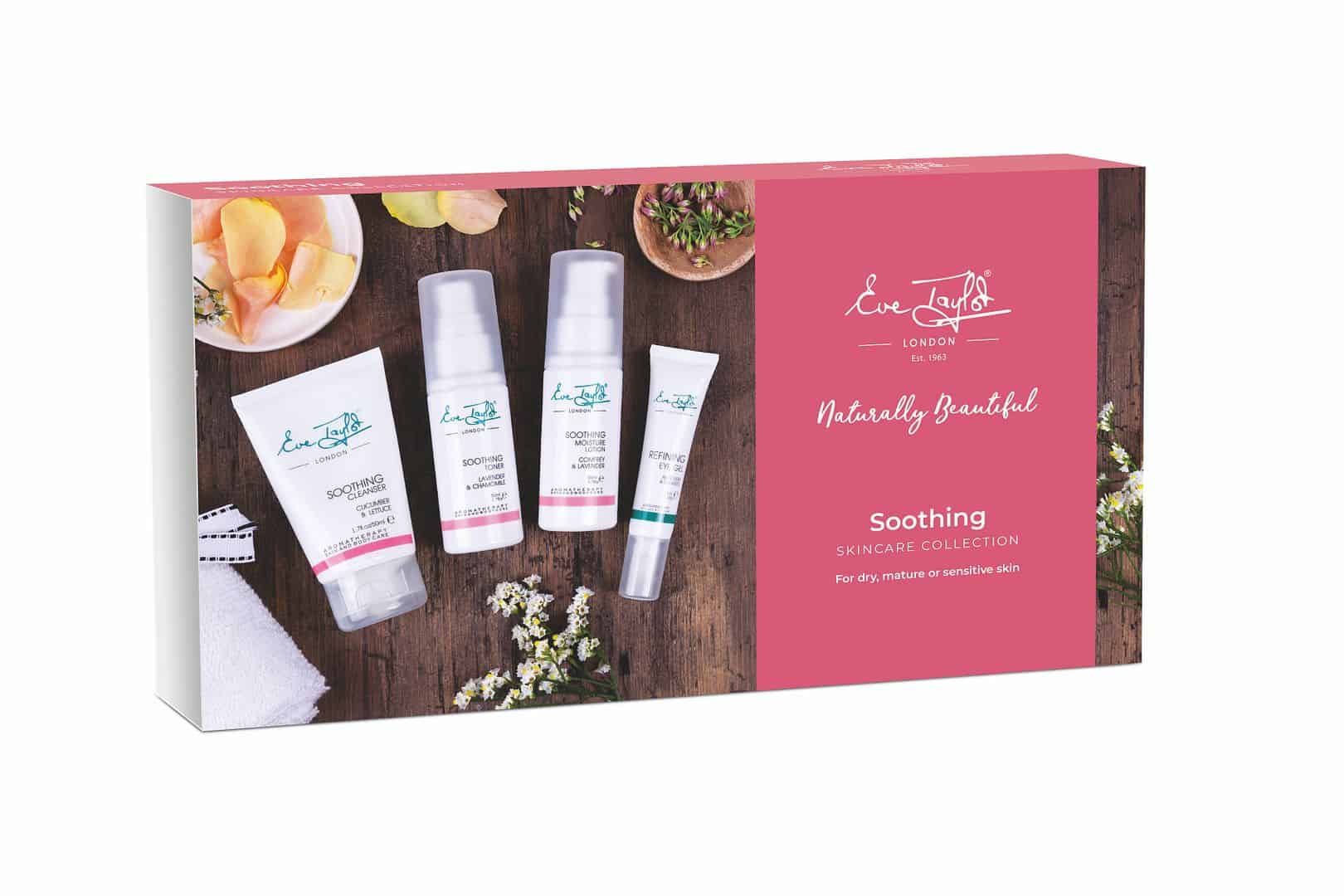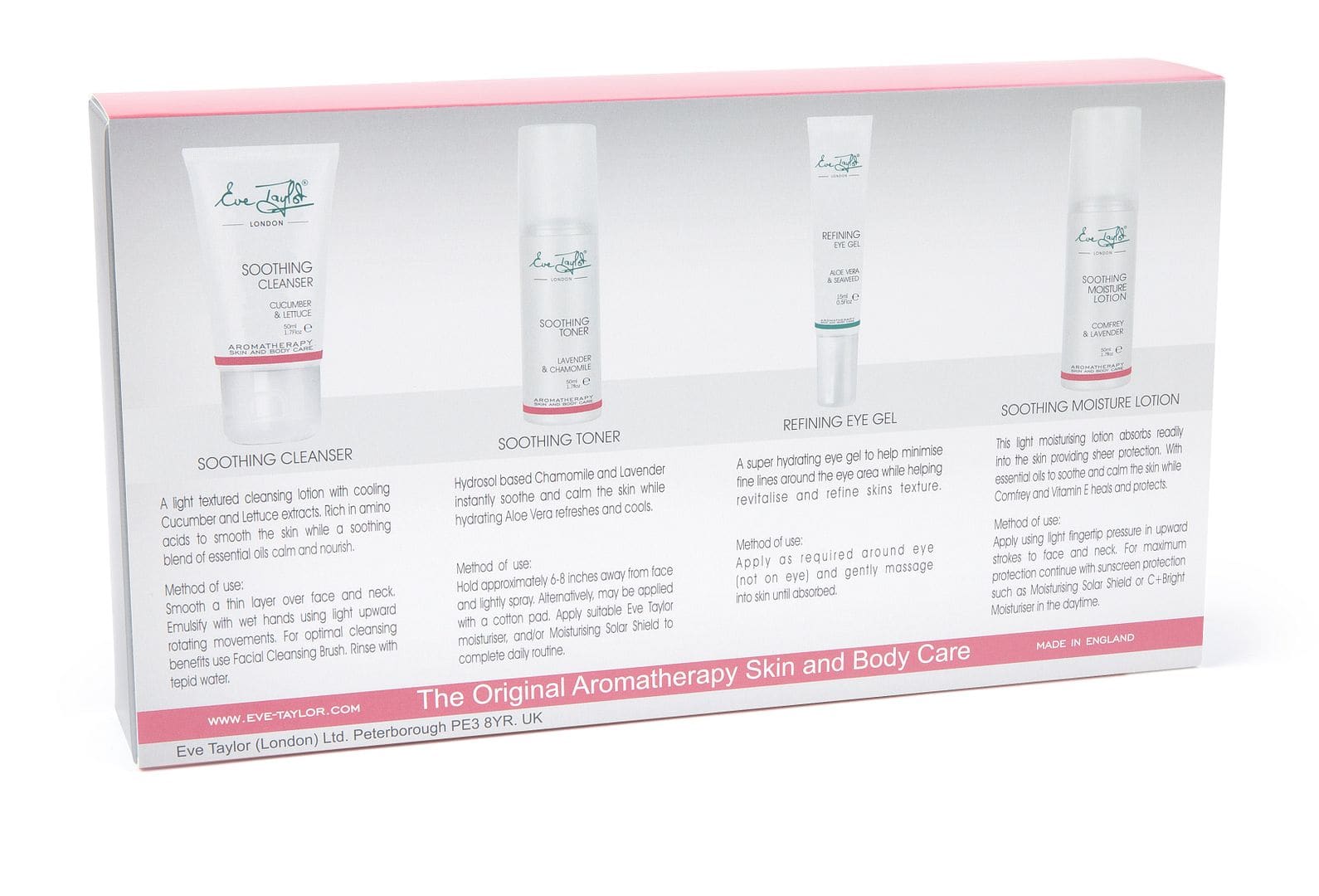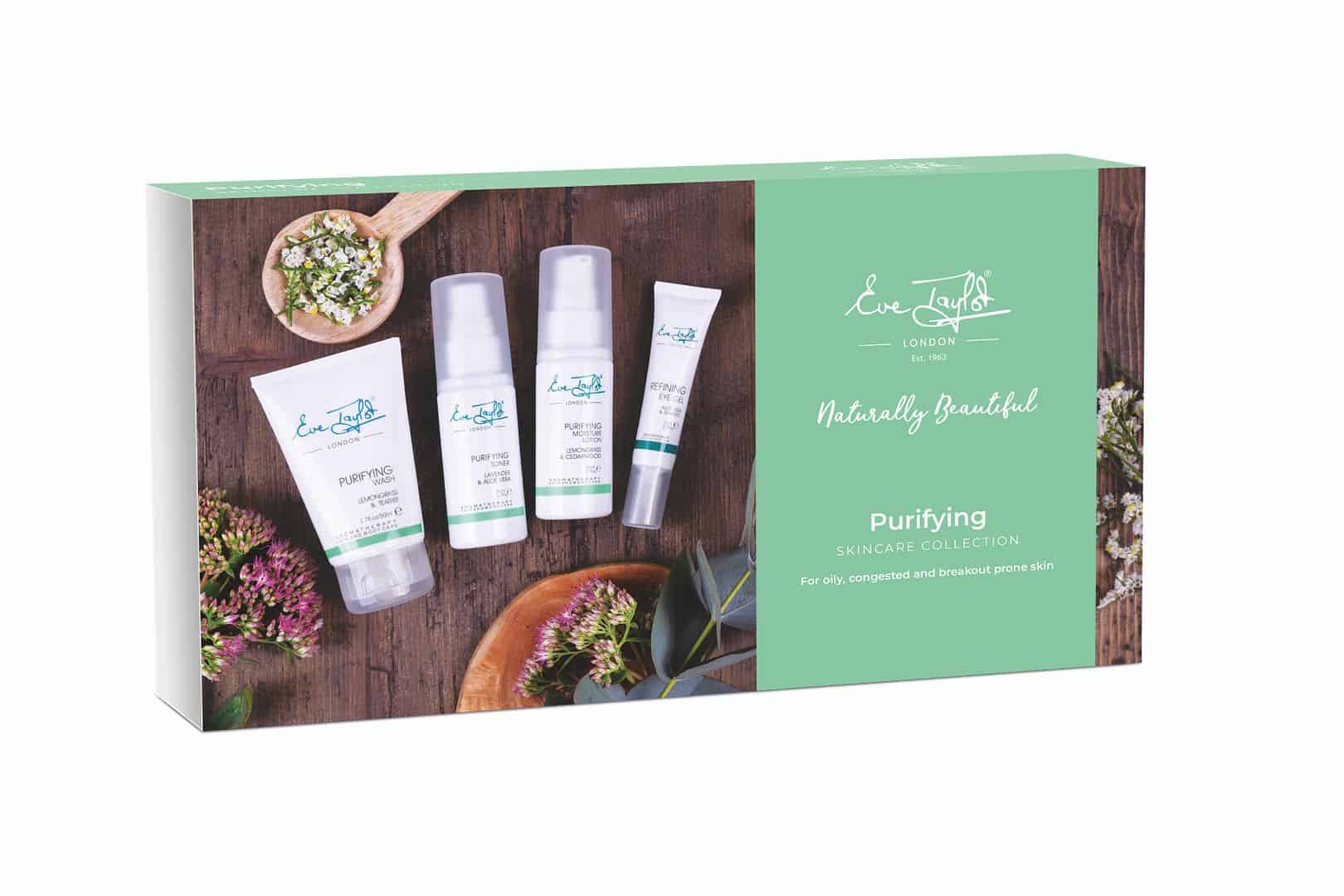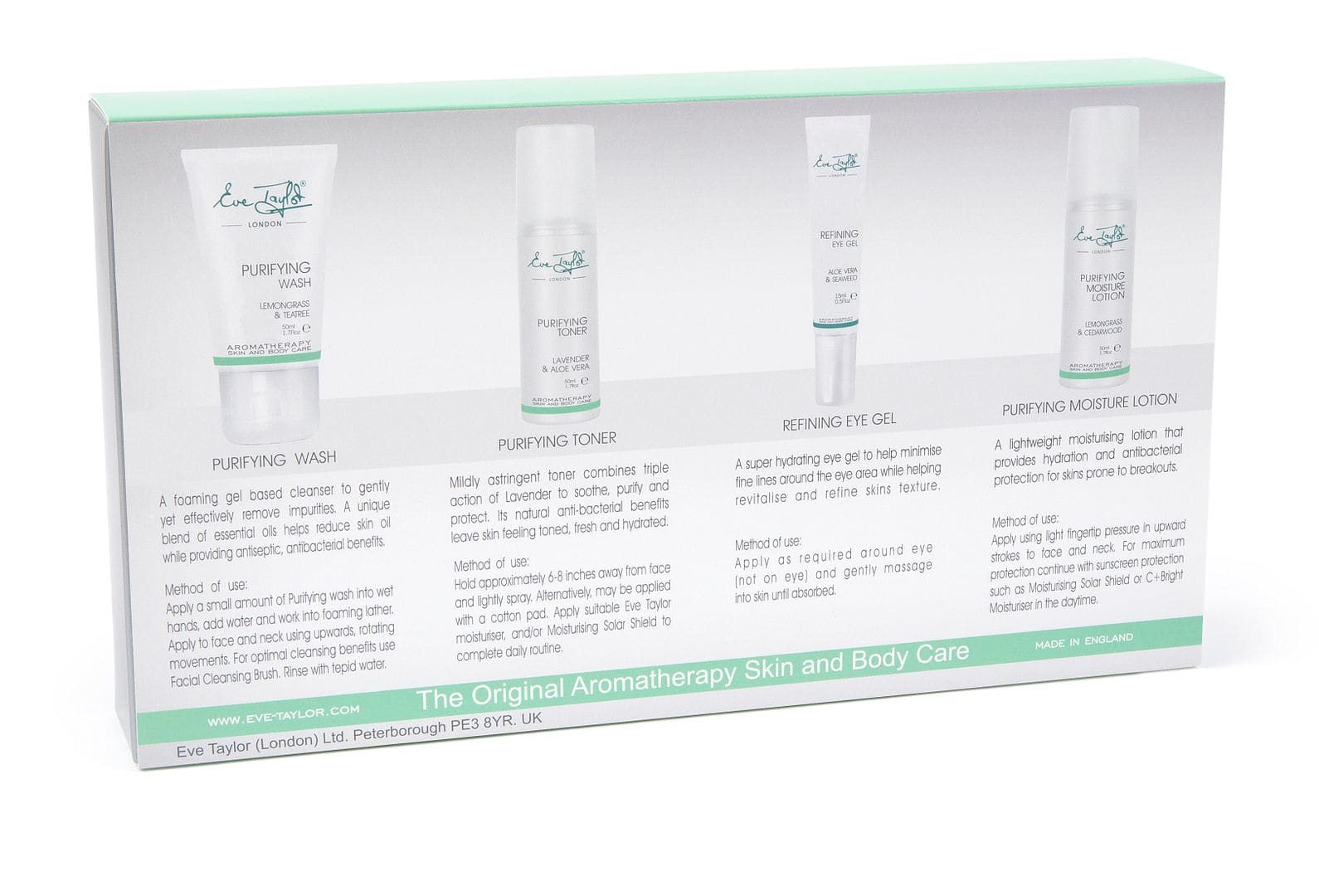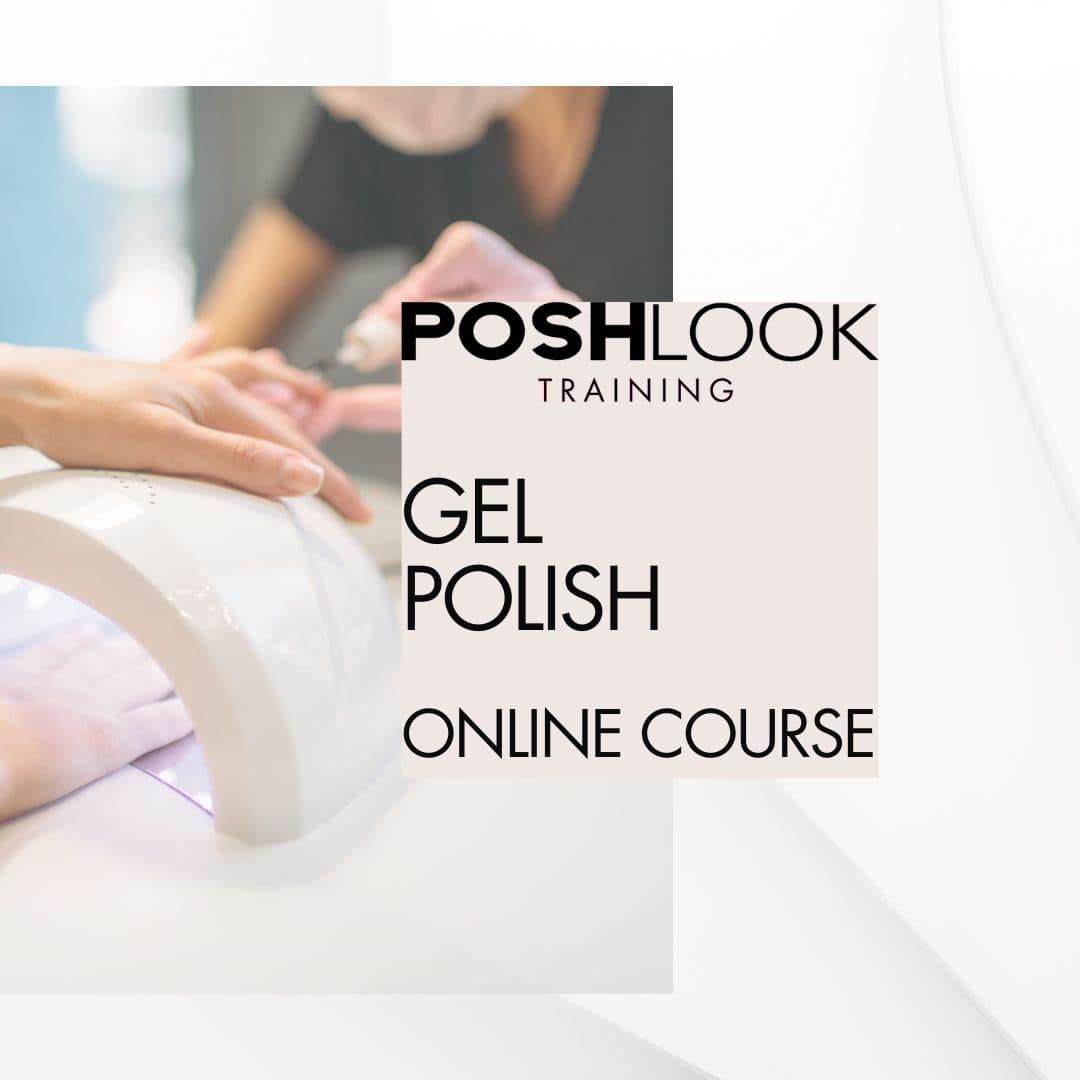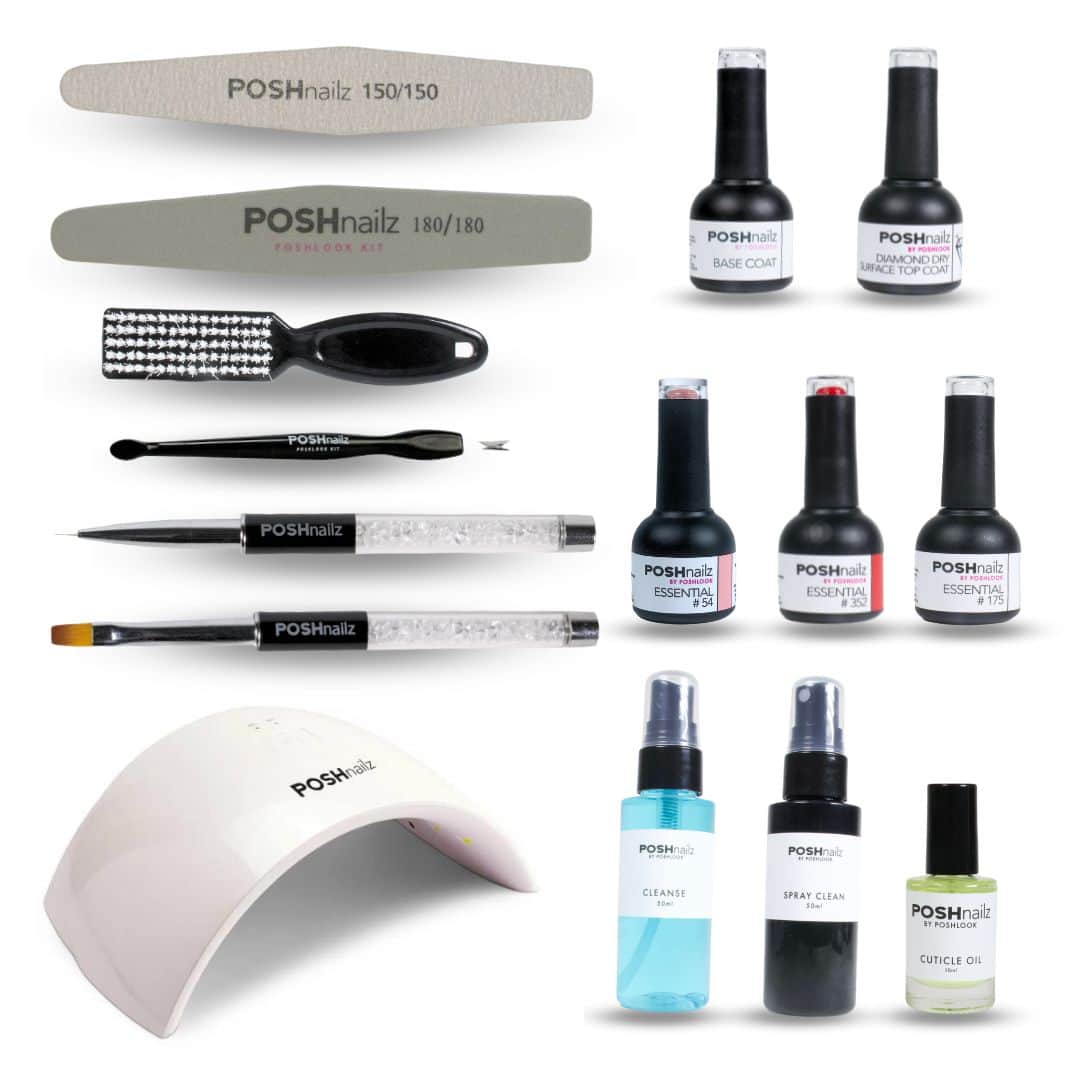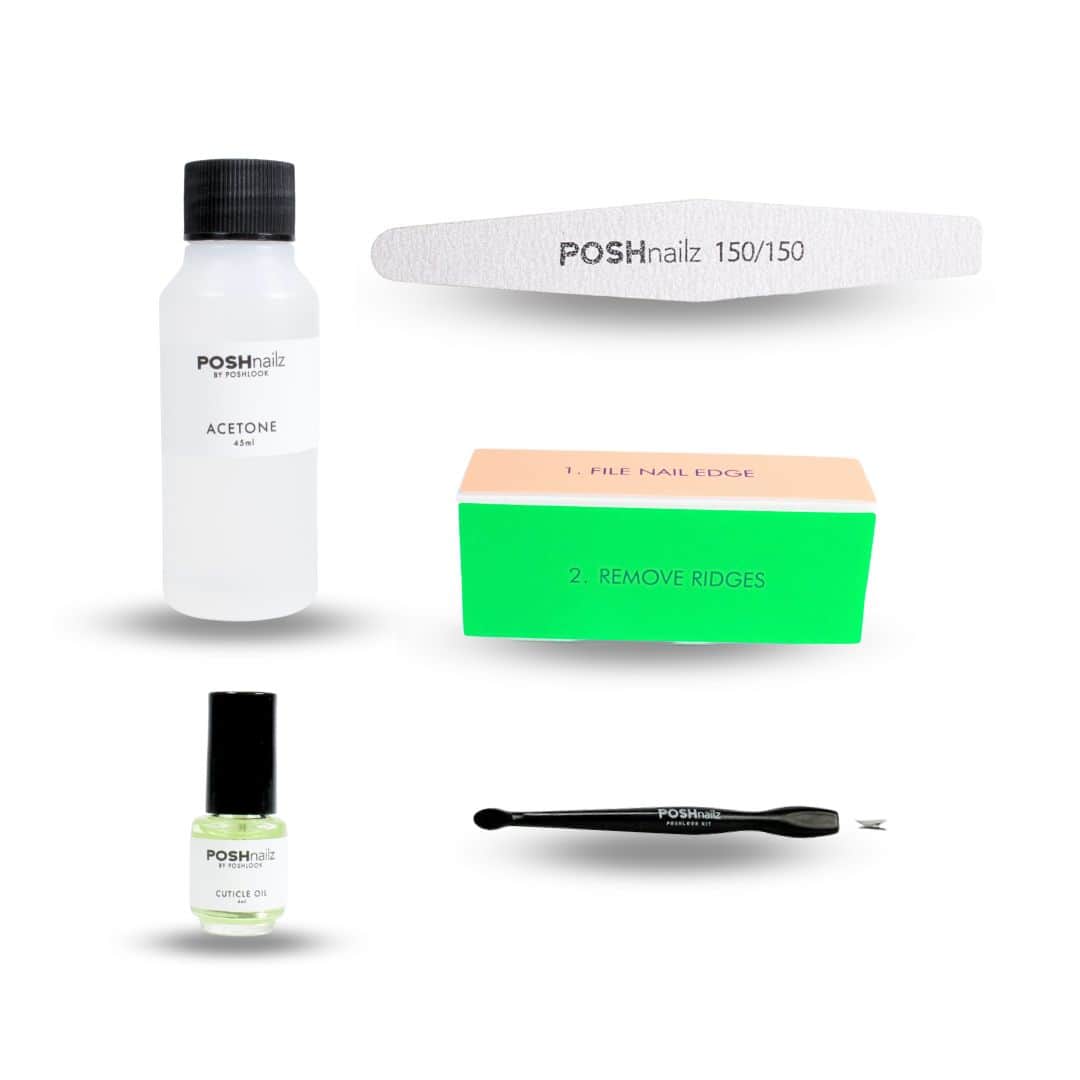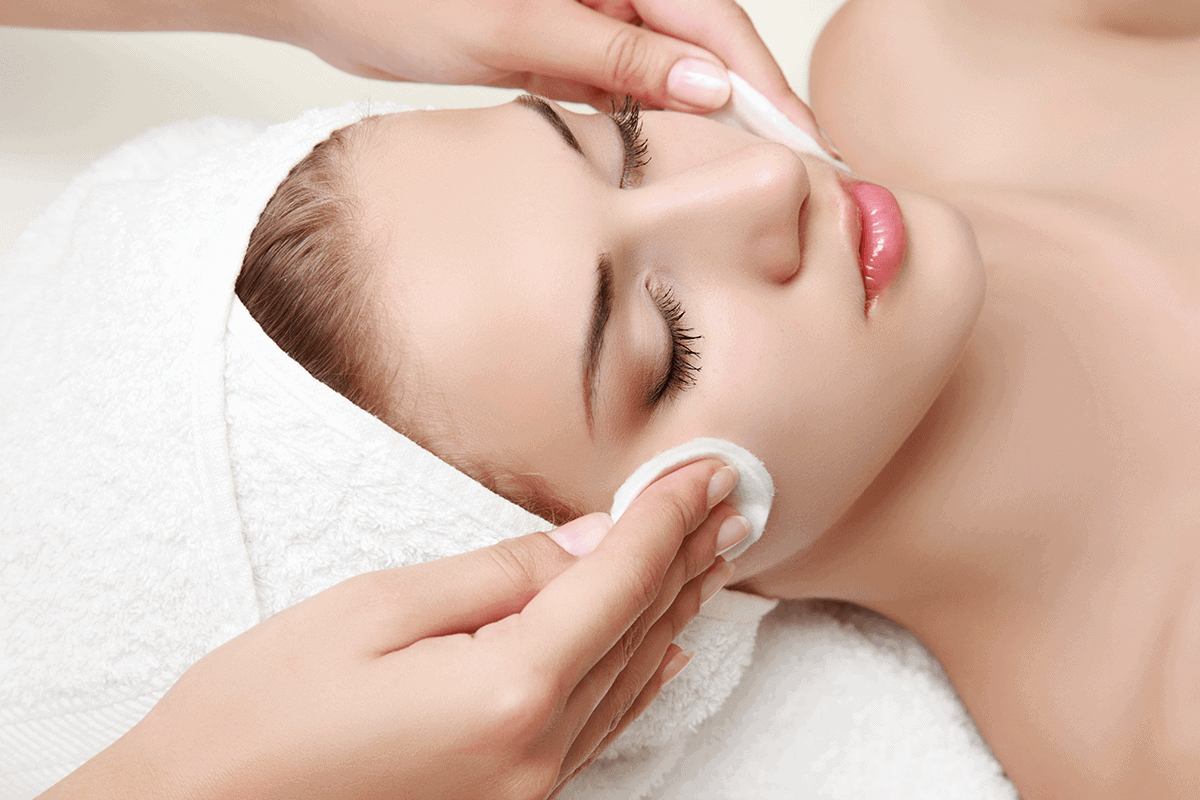[vc_row][vc_column][vc_column_text]
Dermaplaning is one of the hottest beauty treatments on the market, as it leaves people with smooth skin and a glowing complexion. So, why not take advantage of its popularity and learn how to perform the procedure yourself with a Posh Look private training course?
Course Overview and Benefits
[/vc_column_text][vc_single_image image=”4010″ img_size=”full” alignment=”center”][vc_column_text]On our dermaplaning course, we take you through every step of the procedure, from preparation to finish. The thought of running a blade across a client’s face may ring alarm bells at first, but rest assured we’ll discuss and practice each step in detail so you can leave with the ability to provide a professional and safe service.
Our private dermaplaning course is perfect for people with busy schedules as you can become qualified in as little as 3 hours! You’ll come in at 9:30 am and leave at 12:30 pm a fully qualified dermaplaning expert.
Anyone can enrol onto a private dermaplaning course, regardless of your experience level, so there’s no need to worry if you’ve never tried dermaplaning before! Posh Look training centres are fun and friendly learning environments and with a one-to-one course, you can really get the most out of your lesson.
Our dermaplaning course is ABT Accredited (Associated Beauty Therapists) which is a training body that’s nationally recognised by a community of industry professionals, so your clients can be confident that you’re approved and qualified. To stay accredited, we must provide the highest quality training and learning environment, so when you choose Posh Look, you can be assured that you’re getting the best education.
All students who sign up to the dermaplaning course receive a starter kit which contains equipment and information to help you complete your assessment.
Course funding is also available through Advanced Learner Loans, should you require financial assistance to get started.
Upon completion of the course, you’ll receive a certificate that you can display with pride to show clients that you’re qualified.
What is Dermaplaning?
[/vc_column_text][vc_column_text]
View this post on Instagram
[/vc_column_text][vc_column_text]So you want to add another service to your beauty therapist arsenal, but what exactly is dermaplaning?
Dermaplaning is a form of physical exfoliation that uses a sharp surgical scalpel to remove dead skin cells and vellus hair (peach fuzz).
Your client should wait at least 3-4 weeks between each dermaplaning treatment. This will give time for the skin cells to regrow, so you can avoid damaging the client’s skin.
The cost of a dermaplaning treatment is usually £50 plus, making it a profitable procedure as it requires little time and equipment.
Here’s a run-through of what the treatment entails, from start to finish:
-Begin with a client consultation to assess the skin
-Use a cleanser to strip the skin of oils and dirt
-Pat the skin dry with a clean towel
-Apply an oil so the blade can glide smoothly
-Hold the skin taut and run the blade across the skin at a 45-degree angle
-Work on one half of the face, then start on the other
-Brush the excess hairs from the face as they build-up
-Apply a serum or moisturiser with SPF to promote hydration and protect the skin [/vc_column_text][vc_column_text]
What Equipment Do I Need?
-A sharp and sterile surgical scalpel; the scalpel must be disposed of after each client to avoid transferring germs from face to face and spreading infection.
-Cleanser; a high-quality cleanser will lift dirt, impurities and pollution from the skin to create the perfect base for dermaplaning. Some professionals use a skin peel to remove dirt from deep down.
-Moisturising agents; it’s essential to use a moisturiser that contains SPF as the skin will be more exposed than usual and susceptible to sun damage.
What are the Benefits of Dermaplaning?
View this post on Instagram
[/vc_column_text][vc_column_text]-Painless; despite the use of a sharp blade, dermaplaning is a painless treatment and should never be uncomfortable for your client.
-Quick treatment; dermaplaning takes around 30-45 minutes and requires no downtime meaning it’s perfect for clients who have busy schedules. Some people even get it done on their lunch break!
-Effective results; the use of a surgical scalpel enhances precision and is far more effective than shaving the face at home with a razor that has 2-3 blunt blades.
-Anti-ageing; this form of physical exfoliation promotes cell regeneration which makes the skin appear fresher and reduces the appearance of fine lines.
-Smooth skin; the removal of vellus hair makes the skin feel and look softer, which improves the look of makeup.
-Skincare; cleansing and moisturising products can penetrate deeper into the pores after a dermaplaning treatment as the skin is more exposed.
-Suitable for everyone; dermaplaning can be carried out on all skin types, making it the perfect procedure for anyone looking for smoother skin.
-Minimizes the appearance of acne scarring and discolouration
Myth Debunking – Many people think that shaving facial hair will cause it to grow back thicker and darker, but it grows back at the same rate. You can promise your client they won’t be growing a beard after their dermaplaning treatment!
[/vc_column_text][vc_column_text]
Are There Any Risks Involved?
If your client has any worries or if the thought of carrying it out on someone else still scares you, then you can be assured that dermaplaning is a low-risk procedure when carried out by a qualified professional.
In the first few hours and days, there may be some minor side effects:
-Slight redness is common in the first few hours following a dermaplaning treatment
-Some people may develop whiteheads in the following days, but these should settle down
-Scarring and infection are very rare and will only occur if the treatment isn’t carried out by a professional
While dermaplaning is suitable for all skin types, it shouldn’t be carried out on people with active acne as it’ll irritate the blemishes and make it worse. Likewise, the treatment shouldn’t be performed on people with thick facial hair as it can grow back sharp and sore.
During the consultation, ask your client if they’ve recently had botox as they would need to wait at least 14 days before dermaplaning. [/vc_column_text][vc_column_text]
How Can The Client Protect Their Skin After Dermaplaning?
[/vc_column_text][vc_single_image image=”4012″ img_size=”full” alignment=”center”][vc_column_text]So your client can make the most of their treatment, there are suggestions you can give them to follow in the days after their dermaplaning.
-If possible, avoid makeup for 24 hours because the skin is more exposed and makeup would soak deeper into the pores, which may cause blemishes.
-Apply SPF daily to protect the sensitive skin from enhanced sun exposure. This is something you can advise your client to do daily regardless of the dermaplaning treatment, as it is useful for anti-ageing.
-Avoid further exfoliation as there’ll be no more dead skin to remove on the face, and this can instead cause hyperpigmentation.
If you’re considering becoming a qualified dermaplaner, Posh Look private courses are a great way to get started! We cover everything in-depth, so you have the confidence to carry out the treatment safely and to a high standard. Head to the training page for more info.
[/vc_column_text][/vc_column][/vc_row]











